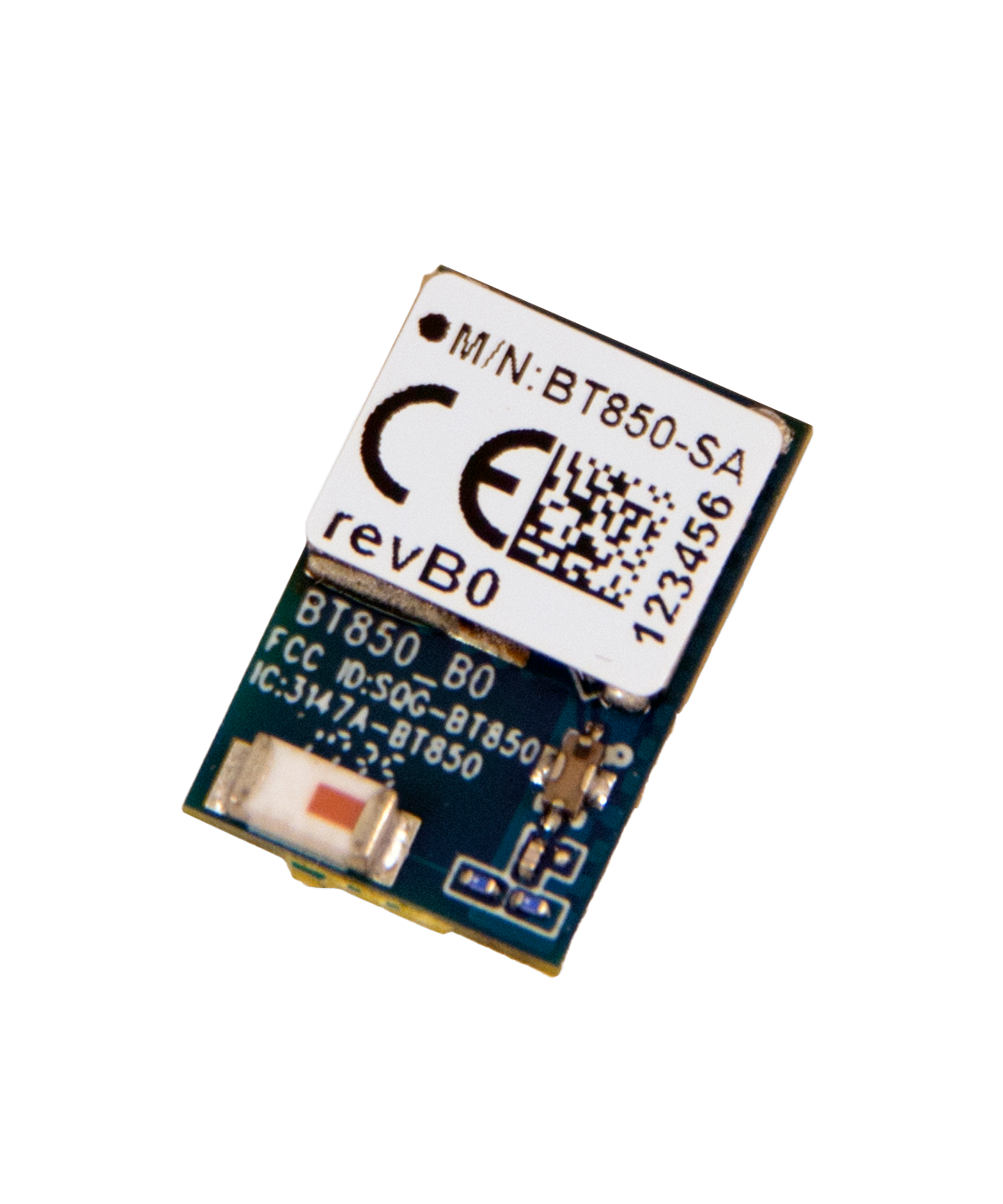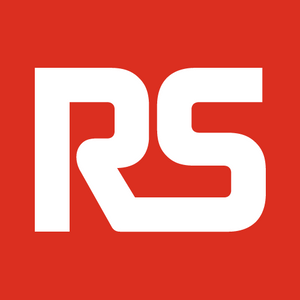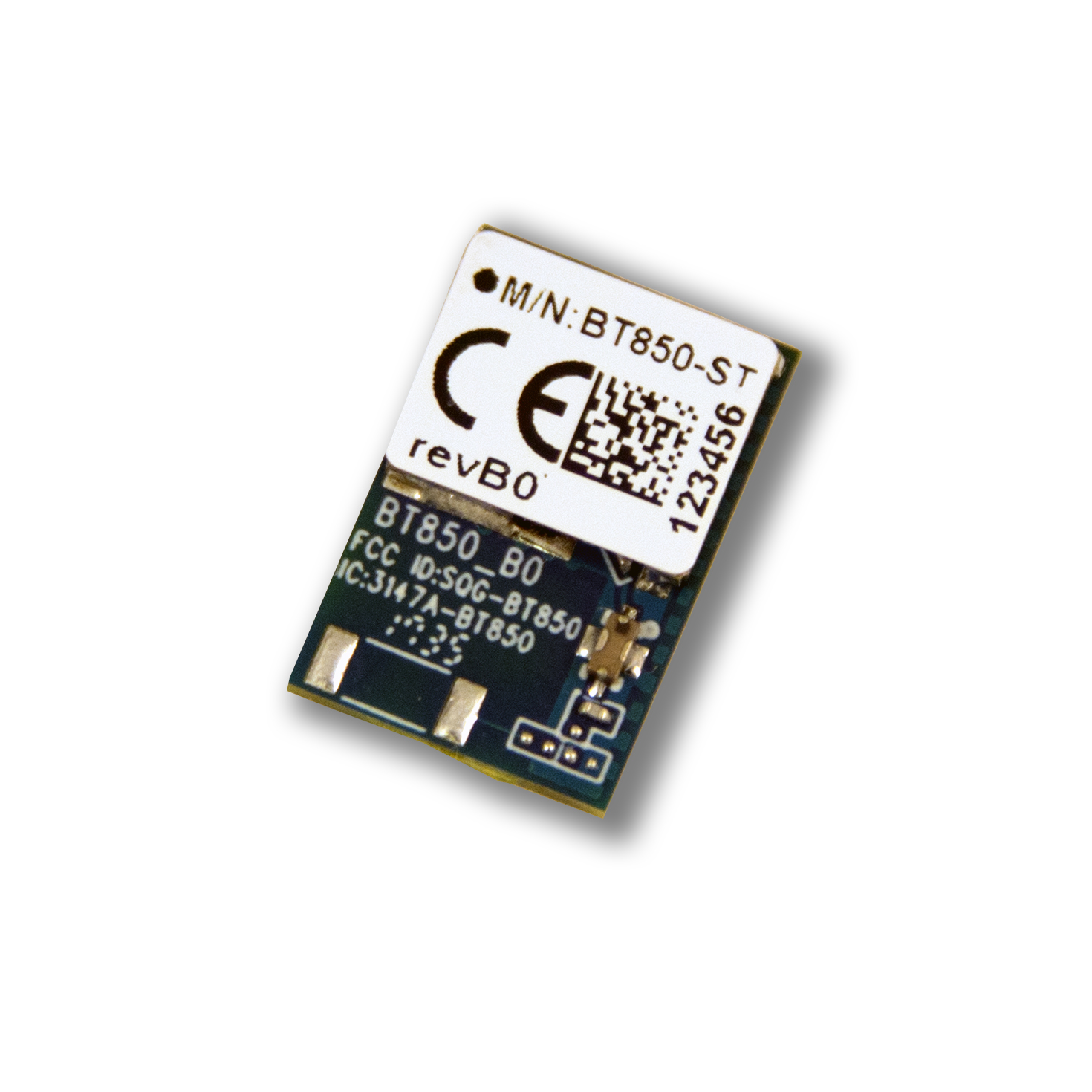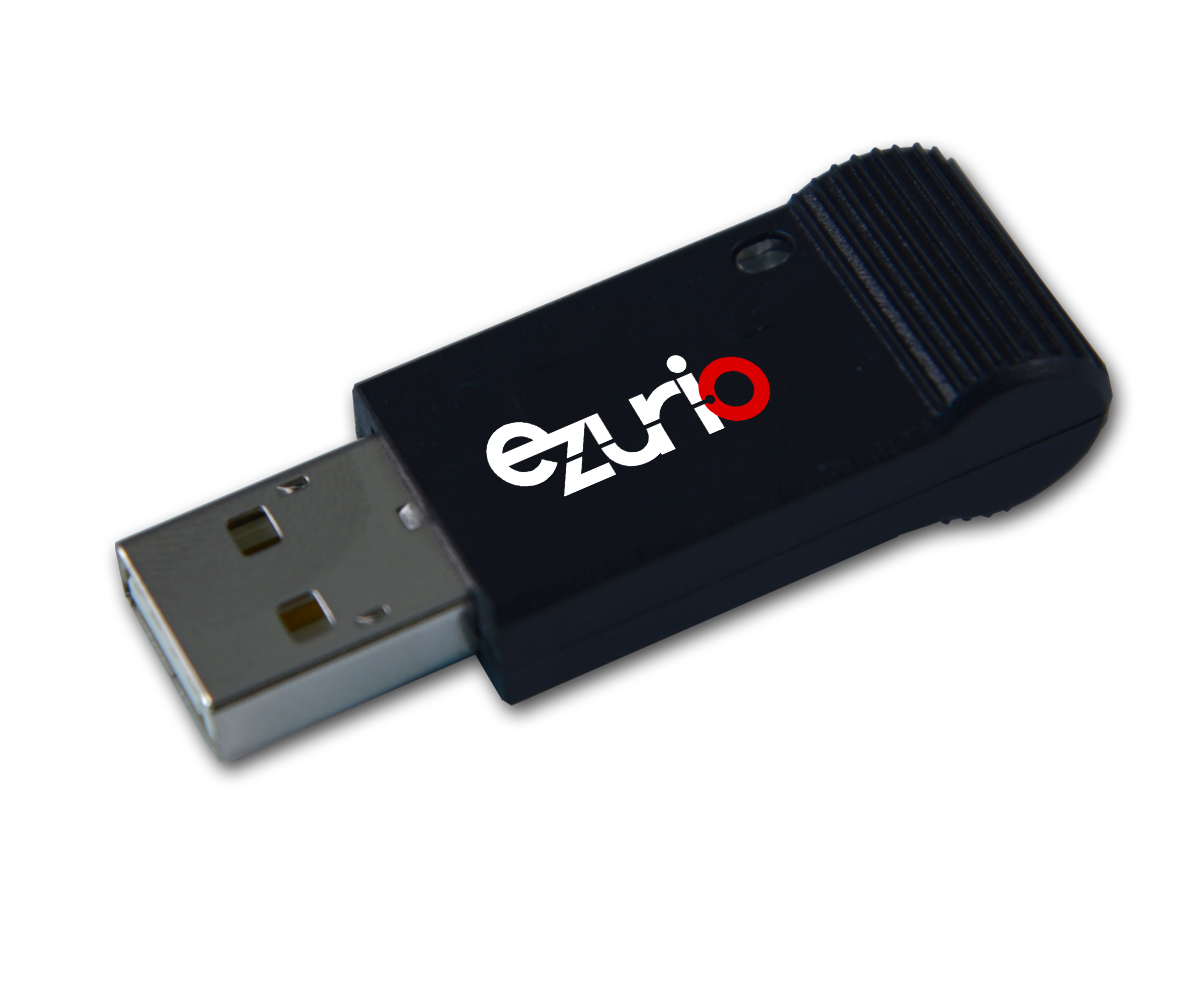BT850 Series Bluetooth Module

Overview
The BT85x series of USB HCI modules and Adapter leverage the Infineon CYW20704 A2 chipset to provide exceptionally low power consumption with outstanding range for OEMs needing both Classic Bluetooth and Bluetooth Low Energy support. The Bluetooth 5 core specification shortens your development time and provides enhanced throughput, security and privacy. The BT850 modules are ideal when designers need both performance and minimum size. For maximum flexibility in integration, they support a host USB interface, I2S and PCM audio interfaces, GPIO, and Infineons' GCI coexistence (2-Wire). The modules provide excellent RF performance and identical footprint options for integrated antenna or an external antenna via a trace pin.
These modules present a Bluetooth standard HCI interface with native support for Windows, Linux and Android Bluetooth software stacks for operating system backed devices. The BT851 Pluggable USB Adapter simply plugs into any Windows, Android or Linux device via external USB connection. Additionally, Ezuriohas partnered with SEARAN for support of their ultra small, flexible ‘dotstack’ platform for embedded Cortex M3 and M4 implementations.
Two form factors: BT850 Module or BT851 packaged USB Adapter.
Buy Now
Specifications
| Part Number | Price @ 1K | Antenna Options | Antenna Type | Chipset (Wireless) | Dimension (Height - mm) | Dimension (Length - mm) | Dimension (Width - mm) | Frequency Range (Max) | Frequency Range (Min) | Logical Interfaces | OS/Software | Product Type | System Architecture | Technology | Type |
|---|---|---|---|---|---|---|---|---|---|---|---|---|---|---|---|
BT850-SA Active Buy Options | N/A | Internal Multilayer Ceramic | Internal | Infineon CYW20704 A2 | 2.2 mm | 8.5 mm | 12 mm | 2480 MHz | 2402 MHz | GPIO, GCI, I2S, PCM, USB | HCI, Linux, Windows, Android | Embedded Module | Hosted | Bluetooth 5.0, Dual Mode (Classic + BLE) | Module |
BT850-ST Active Buy Options | N/A | External SMT Pad | External | Infineon CYW20704 A2 | 1.9 mm | 8.5 mm | 13 mm | 2480 MHz | 2402 MHz | GPIO, GCI, I2S, PCM, USB | HCI, Linux, Windows, Android | Embedded Module | Hosted | Bluetooth 5.0, Dual Mode (Classic + BLE) | Module |
BT851 Active Buy Options | N/A | Internal | Infineon CYW20704 A2 | 11 mm | 43 mm | 16 mm | 2480 MHz | 2402 MHz | GPIO, GCI, I2S, PCM, USB | HCI, Linux, Windows, Android | USB Adapter | Hosted | Bluetooth 5.0, Dual Mode (Classic + BLE) | USB Pluggable |
Documentation
Browse Application Notes, Certifications, Datasheets, Documentation and Product Briefs in our Support & Documentation Center.
Can the BT851 Dongle be used with macOS?
Unfortunately, the BT851 does not officially support macOS. While the device utilizes default drivers of the host system and works with Windows, Linux, and Android Bluetooth software stacks, Apple’s macOS is not compatible.
This is because macOS does not support the Classic Bluetooth Serial Port Profile (SPP) that the BT851 relies on. Instead, Apple uses proprietary protocols such as Apple MFi and iAP, which require a dedicated Apple chip that the BT851 does not contain.
Note: Customers are free to explore potential compatibility using third-party tools or software solutions that might bridge the gap, though this is not officially supported or guaranteed by the manufacturer.
Does Ezurio provide breakout boards for its Bluetooth modules?
Ezurio did provide breakout boards for our older BL600(EOL) modules but we do not produce breakout boards for any of our current range of Bluetooth modules as of 2024.
This includes all BL65x, BL53xx, BL54xxx, BTxxx, Vela and Lyra modules.
We do provide development kits for all of our module offerings. To learn more, visit any product page on ezurio.com.
What firmware comes preloaded on the BT850/BT860?
The BT850/BT860 are what is known as a HCI modules, meaning they do not have a BT stack on board and rely on an external host OS (Windows/Linux) or micro with its own stack.
The BT850/BT860 comes preloaded with BT Controller firmware from the factory.
BT850/BT860 does not come with BT host firmware. It is designed to be used with an external host that has a host stack.
The BlueZ BLE Stack now offers LE Audio Support. Can the BT850 or BT860 Support LE Audio with BlueZ?
LE Audio introduces the concept of Isochronous channels. The higher layers of the protocol are responsible for controlling the timing of the isochronous channels. For example, if using a pair of earbuds there would be two isochronous channels (Isochronous Group) used to transport left and right audio. These two channels must have a tight timing between them to minimize delay of audio heard between the left and right earbud.
Isochronous channels are part of the Bluetooth controller and are used for the transport of audio data. The BT850 and BT860 Bluetooth controllers do not provide isochronous channels support. Therefore, even though the BlueZ host stack now adds LE Audio support it cannot be used with the BT850 or BT860 Bluetooth controllers.
I am looking for the BT852 USB drivers for Windows, but did not see them on the website, can you please provide a link?
The BT852 is a custom adapter for HP Aruba. For support on this Product please reach out to HP Aruba.
Is it possible to change the Bluetooth Address (BT_ADDR) configured on the BT850, BT860 modules or the BT851 dongle?
Yes, it is possible to
write a custom Bluetooth address during run time by sending the HCI
command, Write_BD_ADDR. You can also use the AIROC Bluetooth
Test and Debug tool to select Write_BD_ADDR for setting a custom address.
Note: The
Write_BD_ADDR command writes the Bluetooth Address to the chipset's
internal RAM, which disappears after a power cycle.
Does the BT850 support coexistence?
Does the BT850 support coexistence?
yes. The BT850 supports the proprietary Cypress Global Coexistence Interface (GCI) which is a two-wire interface.
details can be found in the BT850 datasheet Datasheet - BT85x Series | Ezurio
Contact Laird support if additional coexistence schemes are required.
Is a licence required to use the LC3 audio codec?
Use of the LC3 codec is included in the Bluetooth product licence when you qualify your product. No additional licence fees are required.
Do I still have to list/qualify my product with the BT SIG even if I don't use the BT logo?
Yes, you need to qualify/list any product that uses BT SIG intellectual property, even if you do not use the logo or require interoperability with other BT devices. see here for more details. Qualify Your Product | Bluetooth® Technology Website
What factors influence the actual TX rate of the controller?
The actual TX rate is influenced by the PDU and MTU sizes along with the Connection Intervals and Slave Latency.
Why are multiple EMPTY_PDU are being sent from the Master per connection interval?
The communications protocol for Bluetooth is a ping pong type style, so every connection event begins with the Master sending the slave a packet and the Slave then responds to that packet with any data it may have. Therefore, when the Master has no data to transmit it will send an EMPTY_PDU to the Server and the Server, if it has data to send, will send back the data in response. You can see this readily where there is no data transmissions, the Master and Slave ping pong EMPTY_PDU’s back and forth on every connection event, if Slave Latency was incorporated then during these periods of no data transmissions you would see Master send EMPTY_PDU and no response from Slave because it has no data to send and was allowed to skip the connection event because of it.
What is the maximum number of BLE connections that can be achieved with the BT85x or BT860?
The Cypress CYW20704 A2 chipset, which the BT85x and the BT860 is based on, theoretically supports up to 127 Bluetooth LE connections. However, because the BT860 is an HCI module it is dependent on the Bluetooth stack running on the host therefore, the number of connections will depend on what the host CPU and memory capacity can support.
Additionally, as the number of connections increases, the throughput per each connection will decrease and the processing and memory requirements will increase, which can lead to increased latency. So while 127 is the theoretical limit the actual limit in practical use case would be less than that.
Is there a way to extend the shelf life of Ezurio modules?? If the shelf life cannot be extended in any way, what are the consequences of using modules after shelf life?
The shelf life statements are essentially to prevent mishandling of the product and not storing it properly. If the modules are still sealed in the package, stored at the proper temperature and have not been exposed to moisture they should be fine. However, when working with modules beyond their shelf life you MUST bake the modules before populating the them to your board. Failure to bake the modules could result in the yield rate dropping down lower than expectation due to popcorn or de-lamination on the modules. It is recommended that you follow IPC/JEDEC J-STD-033 which is the general standard for the handling, packing, shipping and use of moisture/reflow sensitive surface mount devices.
Our main concern is around the castellation/pads which solder the module to the board. It is imperative those pads do not get tarnished, as this would cause soldering issues. Humidity can affect solderability as well, as if there is any excess moisture in the solder on the module, during reflow of the module to the board, steam balls can essentially explode the solder and sometimes result in an open circuit (or possibly a short circuit).
As long as all of the moisture handling and temperature guidelines are being followed you will likely have no issues. It is further recommended that when you do the build with modules that have exceeded their shelf life that you start with a handful to perform a test run and do a final test to make sure all is working as expected. As long as there are no issues with the initial test run we would expect that you will not experience any problems.
The BT850, BT851 and BT860 are listed as Bluetooth 5 modules. What Bluetooth 5 features do they support?
The BT850, BT851 and BT860 are Bluetooth 5 qualified modules. However, these modules do not support any Bluetooth 5 features.
Per the Bluetooth SIG FAQ, "there are no mandatory features that must be claimed to use the Bluetooth 5.0 specification. However, manufacturers are required to implement all interoperability improvements and errata applied to Bluetooth 5 in order to comply with the specification".
What is the Capacitor needed on BT850 nRESET line to prevent the low power glitch.
In order to prevent a low power glitch that can cause EEPROM corruption (no field fix for this state) in the BT850/ BT860, a 0.1uF capacitor should be placed on the nRESET line of the radio if the nRESET line is connected to something externally.
If the nRESET line is to be left NC (not connected) then the capacitor is not needed.
How can I connect a Bluetooth Low Energy Device to a PC?
Bluetooth Low Energy uses Services as opposed to the set of standardized profiles that exists for Classic Bluetooth. While some Bluetooth Low Energy services have been standardized by the Bluetooth SIG, the development of custom services is allowed to meet custom application requirements.
Because Bluetooth Low Energy uses a completely different protocol than Classic Bluetooth and supports custom services, Bluetooth Low Energy devices cannot connect to a computer through the typical Bluetooth configuration of a computer. Therefore, connecting to a PC requires writing and running a Bluetooth Low Energy Central Role/Client application to collect the data sent from the Bluetooth Low Energy peripheral modules. Application development for PCs and Mobile devices is outside the scope of our support. Alternatively, a BL654 USB dongle could be used as a BLE Central Role device, to collect the BLE data and pass it to the PC over a COM Port. However, you would still need an application to view and process the data received over that COM Port.
We generally recommend customers who are new to Bluetooth Low Energy obtain a copy of Getting Started with Bluetooth Low Energy to help them understand the Bluetooth Low Energy protocol and the GATT table. There are also many resources available online which explain this. For developers interested in exploring more advanced multi-protocol hardware options, the BL54L15 Series Bluetooth LE + 802.15.4 + NFC module provides a versatile, compact solution that could enhance your BLE setup while fitting naturally alongside the tools and concepts described here.
When Bluetooth Low Energy was first introduced and we launched our BL6xx product line (predecessors to the BL65x series) we produced the BL600 and BL620 smartBASIC Application Walkthrough document, which provides an overview of how Bluetooth Low Energy works and how a GATT table is constructed.
Is it safe to run a Ezurio Bluetooth module through a PCBA wash cycle?
In general, cleaning the populated modules is strongly discouraged. Residuals under the module cannot be easily removed with any cleaning process.
- Cleaning with water can lead to capillary effects where water is absorbed into the gap between the host board and the module. The combination of soldering flux residuals and encapsulated water could lead to short circuits between neighboring pads. Water could also damage any stickers or labels.
- Cleaning with alcohol or a similar organic solvent will likely flood soldering flux residuals into the RF shield, which is not accessible for post-washing inspection. The solvent could also damage any stickers or labels.
- Ultrasonic cleaning could damage the module permanently.
However, if water washing is required you will need to use deionized water. We do not recommend chemical cleaning and cannot guarantee it will not damage the modules. If you MUST clean PCB with chemicals it is recommended that you test on one board and then confirm the module still works after the process, prior to adding it to production, while understanding the above affects washing the populated PCBs can have on the module.
Does the BT851 have the Bluetooth stack on board?
The BT851 is an HCI device and does not have the Bluetooth stack on board, and as such it relies on the host's stack. The BT851 should be recognized by the operating system as a Generic Bluetooth Adapter, not as a COM port.
Become an Ezurio Customer to Gain Exclusive Access to Our Design Experts
- Antenna Scans
- Antenna selection and placement
- Custom antenna design
- Worldwide EMC testing / certifications
- Embedded RF hardware / firmware design
- Cloud architecture and integration
- Mobile application development
- Product & Industrial Design
Distributors
| Distributor | Phone Number | Region | Website |
|---|---|---|---|
| Arrow Electronics | 1-855-326-4757 +44 2039 365486 |
APAC, North America, South America, EMEA | Website |
| Braemac Australia, New Zealand, South East Asia | +61 2 9550 6600 +64 9 477 2148 |
APAC | Website |
| DigiKey | 1-800-344-4539 |
North America, South America, APAC, EMEA | Website |
| EBV Elektronik | EMEA | Website | |
| Farlink Technology China, Hong Kong | +86 13266922199 |
APAC | Website |
| Farnell | 1-800-936-198 +44 3447 11 11 22 |
EMEA | Website |
| Future Electronics | 1-800-675-1619 1-514-428-8470 |
North America, South America, APAC, EMEA | Website |
| Glyn | +49-6126-590-0 |
EMEA | Website |
| Hy-Line Germany Only | +49 89 614 503 0 |
EMEA | Website |
| Jetronic China, Hong Kong and Taiwan | 852-27636806 |
APAC | Website |
| M2M Germany | +49-6081-587386-0 |
EMEA | Website |
| Martinsson | +46 8 7440300 |
EMEA | Website |
| McCoy South East Asia | +65 6515 2988 |
APAC | Website |
| Mouser Electronics | 1-800-346-6873 +44 1494 427500 |
North America, South America, APAC, EMEA | Website |
| RS | +852-2421-9898 +44 3457-201201 |
North America, South America, APAC, EMEA | Website |
| Ryoyo Japan | +81-3-3543-7711 |
APAC | Website |
| Solsta UK Only | +44 (0) 1527 830800 |
EMEA | Website |
| Supreme Components International India, South East Asia | +65 6848-1178 |
APAC | Website |
| Symmetry Electronics | 1-866-506-8829 |
North America | Website |
| Tekdis Australia and New Zealand | +61 3 8669 1210 |
APAC | Website |
| Telsys | +972 3 7657666 |
EMEA | Website |
| WPG | +44 1628 958460 |
EMEA | Website |






/filters:background_color(white)/2024-12/mFlexPIFA-standalone-transparent.png)
/filters:background_color(white)/2024-10/2.4-GHz-FlexPIFA.png)
/filters:background_color(white)/2024-12/ANT-DS-NanoBlue-Main-Image.png)
/filters:background_color(white)/2024-12/BT850_SA.png)
/filters:background_color(white)/s3fs-public/2018-10/BT850ST.jpg)
/filters:background_color(white)/2024-10/BT851-usb.png)